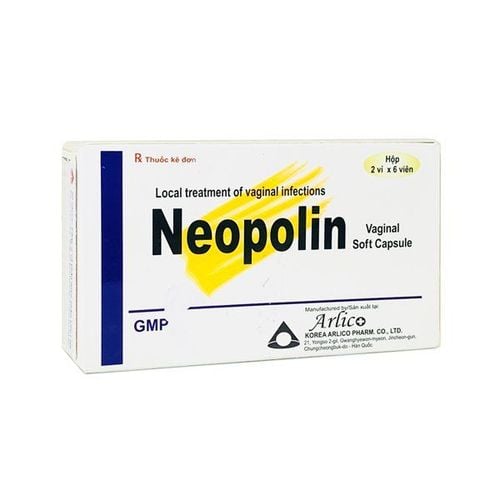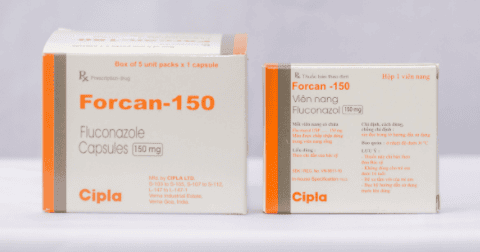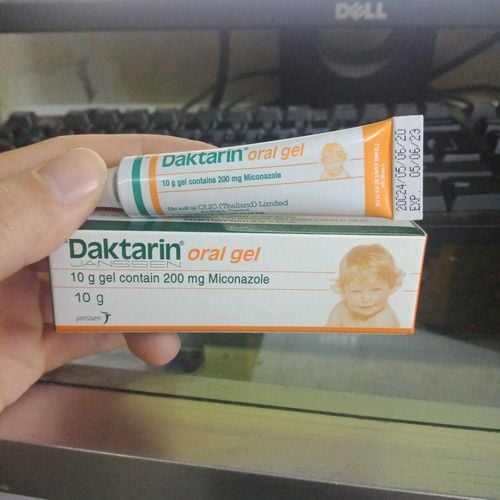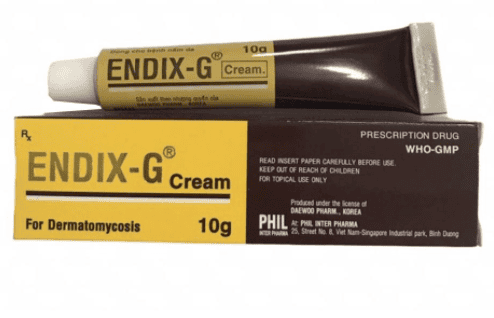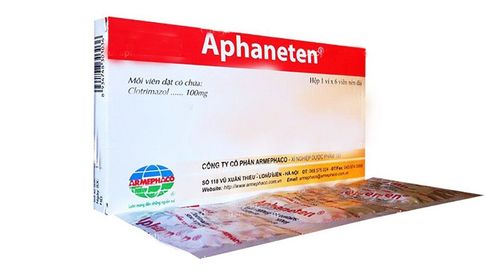This is an automatically translated article.
The article was professionally consulted by Specialist Doctor I Le Van Quang - Ear, Nose Throat Doctor - Department of General Surgery - Vinmec Nha Trang International General Hospital. BSCKI. Le Van Quang is an expert in the field of ENT with 15 years of experience.Candida infection is one of the most worrisome health problems. This disease usually causes infections mainly in the mouth, throat, and esophagus. Although they are not common in healthy adults, they are most vulnerable to people with weakened immune systems, especially those with HIV/AIDS.
According to statistics, about one-third of patients with advanced HIV infection have had a Candida infection of the mouth and throat.
1. What is Candida infection?
Candidiasis is an infection caused by a type of yeast called Candida. This fungus usually lives on the skin and inside the body, especially places like the mouth, throat, intestines and vagina. On the other hand, when the Candida fungus invades the body, it may not cause any health problems for the patient. They can even multiply out of control and cause an infection if the environment in which this fungus lives changes in a way that encourages the growth of Candida.Candida infections in the mouth and throat are called thrush or oral thrush. When you have a Candida yeast infection in your vagina, it is called a fungal vaginitis. Candida infection in the esophagus (the tube that connects the throat to the stomach) is often called esophagitis or Candida esophagitis. It is also one of the most common infections in people with HIV/AIDS.
2. Symptoms of Candida

Trong trường hợp bạn nhiễm nấm Candida ở thực quản, khó nuốt là dấu hiệu dẽ nhận biết
Appearance of white patches on the inner cheeks, palate, tongue and throat. Causes red, itchy and painful patches of skin Loss of taste when eating Painful sex (vaginal yeast infection) Difficulty swallowing (esophagitis) Cracking and redness at the corners of the mouth, occasional slight bleeding. When the Candida fungus enters the bloodstream, it can lead to severe symptoms such as fever, shock, and multiple organ failure. When any of the symptoms listed above appear, it's best to see a doctor as soon as possible to avoid possible unfortunate risks.
3. Causes of Candida infection
Candida fungi usually live in the mouth, throat and digestive tract. In fact, they always exist inside the human body and do not cause any problems. It only thrives when there are some factors, such as a weakened immune system, because antibiotics affect the natural balance of bacteria in the body, or using drugs. cancer treatment, corticosteroid drugs. In addition, some birth control pills can also increase the risk of vaginal candidiasis. In addition, weather factors such as hot sun, or poor sense of personal hygiene, wearing tight clothes, are also among the causes of this infection.Several other risk factors can increase the chance of a Candida infection, including:
Obesity: This fungus often occurs in areas of skin rubbing or close contact. This is also the reason why people with obesity have a higher risk of yeast infections because there are many areas of skin that are folded. In addition, obesity also causes the body to sweat more, creating a humid environment favorable for fungi to multiply and grow. Pregnancy: Women who are pregnant often have higher-than-normal estrogen levels. This also increases the likelihood of candida infections in women.

Phụ nữ đang trong thời gian thai kỳ thường có mức estrogen cao hơn bình thường, làm tăng nguy cơ nhiễm nấm Candida
4. Tests to diagnose Candida infection
Doctors can diagnose a Candida infection in the mouth or throat just by observing and examining a patient's symptoms. A doctor can also make a diagnosis by taking a small sample from a patient's mouth or throat, and then bringing it to a lab for examination under a microscope.One of the most common methods of diagnosing candida infections in the esophagus is endoscopy. This method helps to examine the digestive tract through specialized endoscope equipment. In certain cases, a doctor may prescribe antifungal medication without performing an endoscopy to more objectively assess a patient's symptoms.
5. Treatment of Candida
Depending on the site of Candida infection, patients can choose different treatment methods. Specifically:Fungal infections of the mouth, throat, or esophagus: Usually treated with antifungal medications, including miconazole, clotrimazole, and nystatin. Antifungal medications used to treat mild to moderate infections of the mouth and throat are usually taken as lozenges or taken by mouth for 7-14 days. For severe infections, the most common treatment is the oral antifungal drug fluconazole. Other prescription antifungal medicines may also be used for patients who cannot take fluconazole, or who experience other health problems after using fluconazole.
Candidiasis of the skin: Certain topical creams or antifungal medications will be effective options for this condition. Moreover, the infected skin areas need to be protected and cared for according to the doctor's instructions, always keep them dry, clean and avoid cracking.
Candida vaginitis: Anti-fungal drugs in the form of tablets, ointments, creams or suppositories are usually indicated for use directly into the vagina. These drugs include clotrimazole, butoconazole, tioconazole, nystatin, and miconazole.
Candida infections in the bloodstream: Then treatment is usually started with intravenous antifungals, eg fluconazole or voriconazole. Patients diagnosed with a low white blood cell count will need to be switched to another intravenous antifungal, such as micafungin and caspofungin.
6. Prevention of Candida infection

Để phòng ngừa nhiễm nấm Candida, bạn không nên lạm dụng các loại thuốc kháng viêm hoặc giảm đau trong một thời gian dài
Do not self-medicate with antibiotics, unless authorized by your doctor. Maintain personal hygiene, always keep the skin clean and not chapped. Do not abuse anti-inflammatory drugs or pain relievers for a long time Give up smoking habits Good control of blood sugar, especially people with diabetes Regular oral hygiene Limit use stimulants such as alcohol People with asthma who use inhaled corticosteroids should rinse their mouths after use Regularly wash their hands with hand sanitizer Adopt a healthy and reasonable diet Hospital With a system of facilities, modern medical equipment and a team of experts and doctors with many years of experience in medical examination and treatment, patients can rest assured to visit and treat. treatment at the Hospital.
Please dial HOTLINE for more information or register for an appointment HERE. Download MyVinmec app to make appointments faster and to manage your bookings easily.
Reference source: www.cdc.gov



